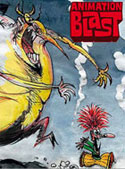Archive for the ‘Jack Davis’ Category
Halftone Horrors Part Five (Jack Davis Edition)
Posted in 1950s, 1960s, Comic Books, EC Comics, Halloween, Horror Movies, Illustration, Jack Davis on October 28, 2013| Leave a Comment »
Lots of Yucks: Jack Davis in Yak Yak
Posted in Comic Books, Jack Davis, Satire, tagged Jack Davis on April 8, 2011| 1 Comment »
What could be better than an entire comic book illustrated by Jack Davis? A gold bathtub full of 100 dollar bills? Armenian spider monkeys trained in the deadly art of Yoga? The entire run of The Mike Douglas Show played on a loop while you are rubbed down with scented oils by Russian supermodels who may or may not posses the ability to travel back in time? Nothing, of course.
It’s a Mad, Mad, Mad Monster Party
Posted in Halloween, Harvey Kurtzman, Illustration, Jack Davis, Mad Monster Party on October 24, 2010| Leave a Comment »
My version of Francesca from Mad Monster Party (1967) in her green dress, done in brush pen.
The Monster Art of Jack Davis
Posted in Comic Books, Comics, Halloween, Horror Movies, Illustration, Jack Davis on October 7, 2010| 1 Comment »
Jack Davis At the Movies, Part Two
Posted in Films, Illustration, Jack Davis, Posters on September 1, 2010| Leave a Comment »
Jack Davis At the Movies, Part One
Posted in Comedy, Comics, Films, Illustration, Jack Davis, Posters, tagged films, Jack Davis, movie posters on August 15, 2010| Leave a Comment »
Jack Davis, like the other Mad artists, was a jack of all trades. Not only did he produce a wealth of outstanding comic book material, but he also did quite a bit of other freelance work. Ads, album covers and probably most notable of all, movie posters. During the 60s and 70s, Jack Davis illustrated dozens of movie posters and his work is some of the most iconic, hilarious and visually stunning work in movie history. You can’t mistake a Jack Davis movie poster. Besides his signature style and caricature work, Davis designed posters that were overflowing with life, an anarchistic bent that made it impossible to take in all at once. Scenes and characters from the films filled the composition, pushing into the white boarders. The wackier the movie, the better reference for Davis. His poster for Stanley Kramer’s It’s a Mad, Mad, Mad, Mad World (1963) might be his most famous: dozens of characters from the movie spilling forth from the cracked Earth globe, wrapping their way madly above the type face. It’s staggering to look at because, well, there is simply so much to look at. But it all works. The image may seem out of control, but the layout and composition isn’t. Another great example is Woody Allen’s Bananas (1971). Besides the dead-on caricature of Allen, Davis is able to sum up the entire film in a single illustration. Forget a trailer, I would rather have Jack Davis’ poster. Even when the film is utterly forgettable, Jack Davis’ art is not. It’s so fun and full of chaos, that sometimes the poster gives the film more credit than it deserves.
Stay tuned for Part Two…
Mad Men of Comics
Posted in Comedy, Comic Books, Harvey Kurtzman, Jack Davis, Satire, Will Elder, Woody Allen on July 26, 2010| Leave a Comment »
Harvey Kurtzman knew funny. As a cartoonist he keenly deployed slapstick, parody and satire in ways that were not only hilarious, but groundbreaking as well. In addition, he was a gifted ringleader, someone who could harness the best talent from the grindhouse that was the comics industry at the time. With fellow artists, Will Elder, Jack Davis, Al Jaffe, Wally Wood and Arnold Roth. Kurtzman created some of the most innovative humor magazines of the last century: Mad, Humbug, Trump and Help! These artists were his bullpen, the cartoonists he went to again and again for various assignments over many years. Although, all of the latter magazines failed (except, of course, Mad) they were bold experiments indeed, their influence still felt today. Would there be a National Lampoon without Help!? Probably not.
Kurtzman also help “discover” countless other talented individuals, many of whom worked with him on his numerous publications over the years; Robert Crumb, Terry Gilliam and Gloria Steinem to name a few. Before they made a name for themselves they all worked under the tutelage of Kurtzman’s expert editorship. And there were still others, comedians and the like, who starred in his series of Fumentti stories for Help!; Woody Allen, John Cleese, Jackie Gleason and Henny Youngman.
Jack Davis in the First Issue of Mad Magazine
Posted in Comic Books, Harvey Kurtzman, Jack Davis, tagged comic books, illustration, Jack Davis, Mad Magazine on March 24, 2010| Leave a Comment »
It’s genuinely a hard task to pick my favorite cartoonist out of the original Mad Magazine crew. I admire Harvey Kurtzman, Bill Elder, Wally Wood and Jack Davis all greatly, and for different reasons. They were amazing draftsmen and funny as all get out. But I think Jack Davis would win out in the inking category. His inks are amazing to look at; the variety of line weight, the tangible texture of clothes and faces that he is able to create from the stroke of a pen, is not only instructive but really pleasing to the eye (much of this attention to detail is on display on the splash page of “Hoohaw”).
But the thing I notice most about a Jack Davis drawing: the shoes and hands. The men’s shoes have such great detail and specificity. And the hands, well, they may be, hands down (oi!), the best in the business; you can see every joint, how they all work together to form an actual, functional mechanism. Indeed, a Jack Davis comic panel is a treat to behold.
Long live Jack Davis, the King of Hands!
Harvey Kurtzman’s Mad, Mad, Mad World
Posted in Comic Books, Harvey Kurtzman, Jack Davis, Satire, Will Elder, Writing on June 26, 2009| Leave a Comment »
The Art of Harvey Kurtzman: The Mad Genius of Comics (Denis Kitchen and Paul Buhle, Abrams ComicArts, $40)
In his introduction to this groundbreaking book, comedian/writer Harry Shearer declares: “Without Harvey Kurtzman, there would have been no Saturday Night Live. What a horrible thing to say about him, but it’s true. . . . OK, this might be better. Without Harvey Kurtzman, there would have been no Simpsons.”

All hyperbole aside, there is much truth in this statement, and, like many other influential artists, Harvey Kurtzman seldom receives the credit he is due for shaping much of what we know as satire in postwar America. As the creator of MAD magazine, Kurtzman had many roles: artist, editor, writer, and ringleader. He nurtured the burgeoning underground comics movement, and his paperback comic novel, The Jungle Book, may have well been the first graphic novel, appearing years before Will Eisner’s Contract with God, which is usually considered the original graphic novel. He gave Gloria Steinem her first job in publishing. He brought John Cleese and Terry Gilliam together and was responsible for publishing some of Robert Crumb’s earliest work. And without Kurtzman’s other, more adult magazines, Humbug, Trump and Help, there very well might not have been a National Lampoon or Spy.
The Art of Harvey Kurtzman is the first large-scale retrospective of Harvey Kurtzman’s work, written by Denis Kitchen, a legend in underground comics in his own right, and scholar Paul Buhle. It traverses his stunning career, outlining how much of an impact his life and work had not only in the comics industry, but on pop culture itself. The book itself is a striking example high production aesthetic, an amazing compendium of Kurtzman’s personal drawings, comic strips, layouts and comic “essays” he did for magazines like Esquire.
Chapters cover the major parts of his life, pre and post MAD, giving just as much credence and attention to those periods as the MAD years. And what the book does remarkably well is show what an amazing cartoonist he was in his own right, standing toe to toe with the other amazing roster of artists that surrounded him. Will Elder, Jack Davis and Wally Wood were amazing draftsman’s to be sure, but it was Kurtzman’s ability to capture a mood, or a sense of movement, of weight in just a few strokes of the pen or pencil that is evident in every drawing presented in the book. Animator John K has often sited Kurtzman’s drawing skills on his blog, dissecting not only Kurtzman’s use of the Line of Action but his canny ability to layout a page, giving story and art equal time in terms of overall impact.
The book pays a grea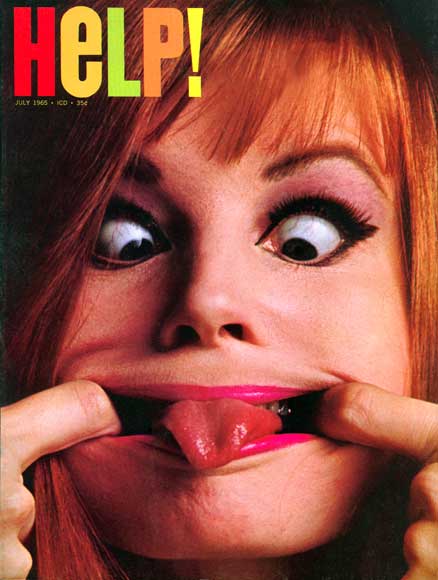 t deal of attention to Harvey Kurtzman’s process, which could be fairly intricate (often times Kurtzman would write and layout pages, much to the chagrin of some artists who were working for him). Many of his initial thumbnails and final layouts of pages are presented, along with the finished product.
t deal of attention to Harvey Kurtzman’s process, which could be fairly intricate (often times Kurtzman would write and layout pages, much to the chagrin of some artists who were working for him). Many of his initial thumbnails and final layouts of pages are presented, along with the finished product.
There is a long chapter covering much of Kurtzman’s earliest work for EC, Two-Fisted Tales and Frontline Combat. The book reprints in full (one of several complete reprintings) the classic story “Corpse on the Imjin!” which not only displays Kurtzman’s uniquely human storytelling, but his amazing artistic skills. Much more stylized than any other artists on the EC war comics roster, his illustrations were boldly inked, and superbly designed, the impact much greater then a hyper-realistic interpretation.
The Art of Harvey Kurtzman reprints many comics from various projects, often times in their entirety. There is the famous “Superduperman” from MAD, illustrated by Wally Wood, a never before seen proof of a 3-D spoof comic, and probably, most striking of all, a section that reprints a page from a little Annie Fannie story, complete with preproductions all of the vellum overlays (using actual vellum) that Kurtzman produced for his partner—the amazing Will Elder—to work from. These reprints are often the highlights of the book, as they are sometimes the original proofs, accompanied by the original layouts and contextualized with detailed background on how each was designed and developed.

The Trump, Humbug and Help, years are also covered in depth, with many of the covers reprinted as well as often time hilarious promotional photos of the people involved in their creation.
Long on amazing art, The Art of Harvey Kurtzman is sometimes lacking in it’s overview of the man himself. A few years back Fantagrpahics released a fanatastic book as part of their library series, Harvey Kurtzman: TCJ Library Vol. 7 in which every major interview that appeared in the Comics Journal—along with other famous interviews in other magazines—were reprinted in their entirety. The interviews often time give a bit more depth and background than The Art of Harvey Kurtzman provides. And like The Art of, Harvey Kurtzman: TCJ Library Vol. 7 , includes a wealth of stunning visual material, some of which is not covered in The Art of.
In many ways The Art of Harvey Kurtzman: The Mad Genius of Comics is almost years too late. The fact that it took this long for an edition like this to emerge, is just another example of an artist only receiving credit for their groundbreaking achievements after they are dead. On the other hand, it is wonderful that there is finally a book like this that catalogues all of Harvey Kurtzman’s amazing achievements, hopefully inspiring a new generation of cartoonists who many have never even heard his name before.

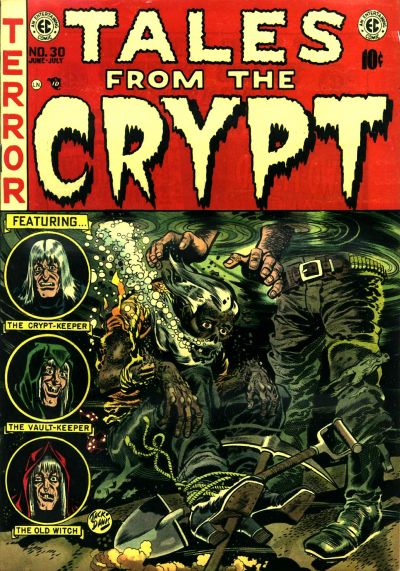












































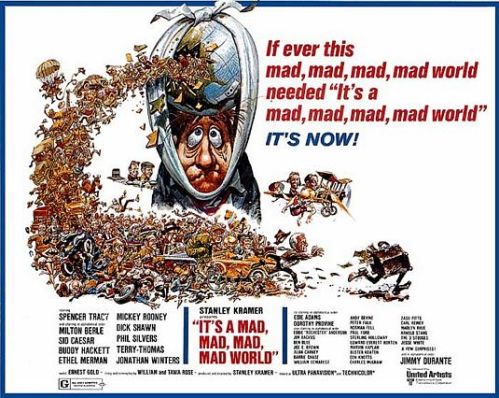
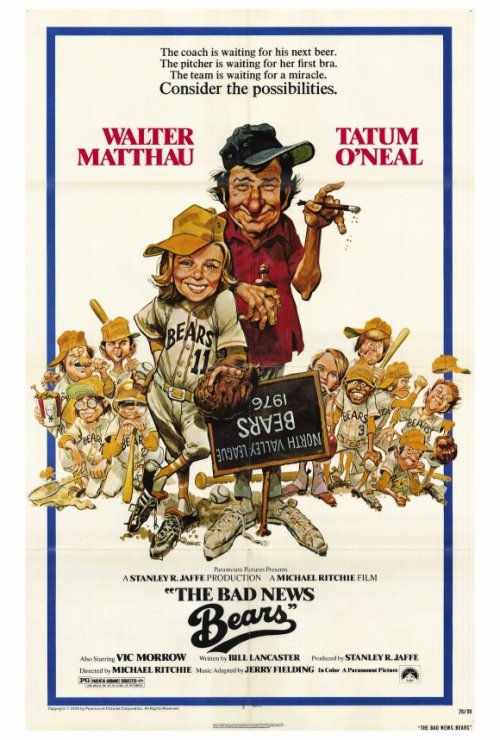
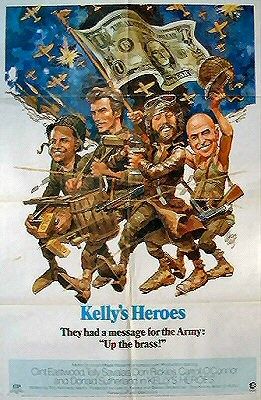
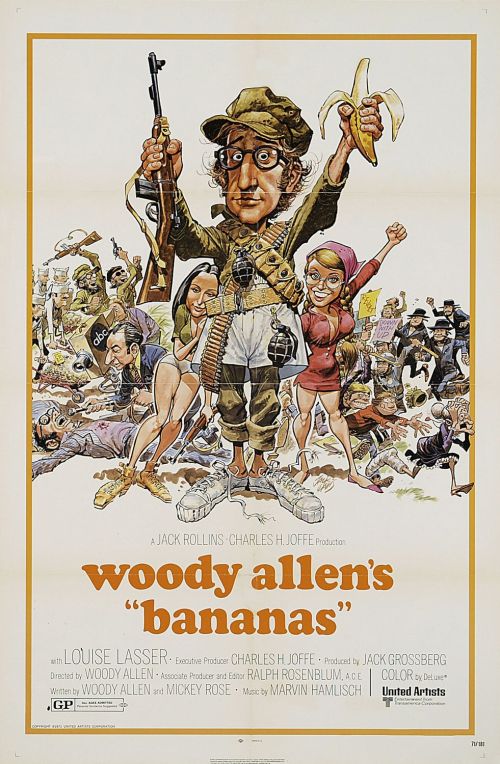
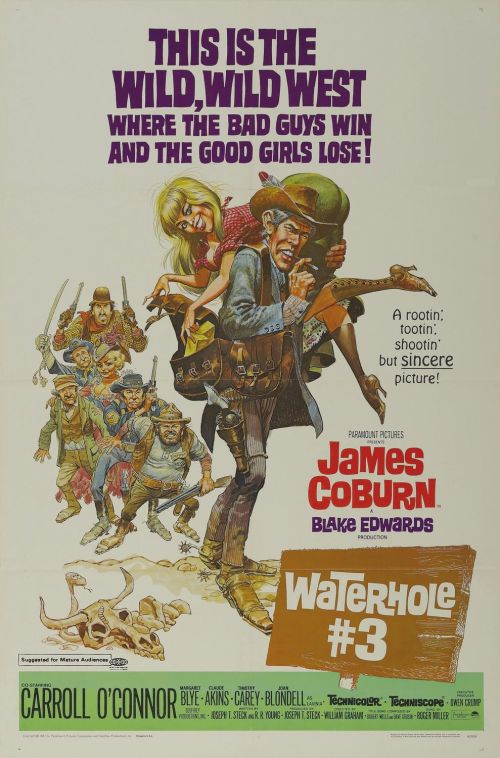
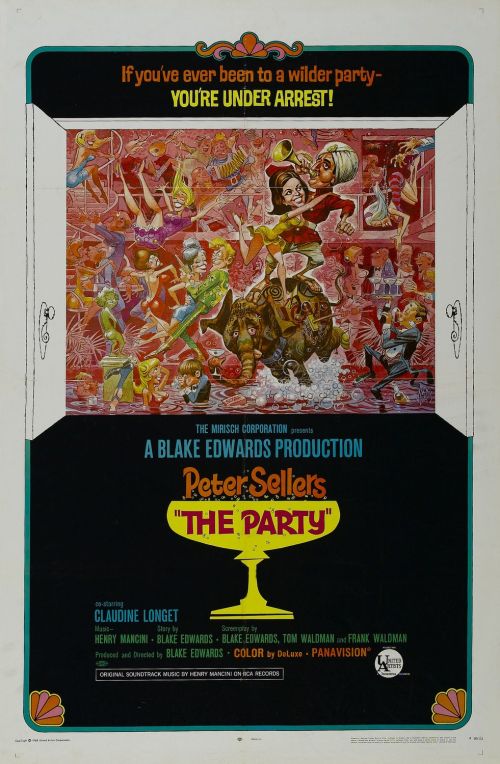
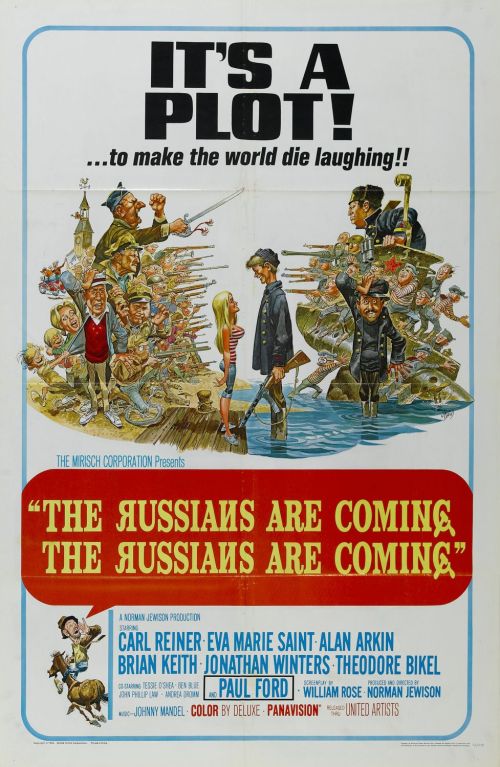
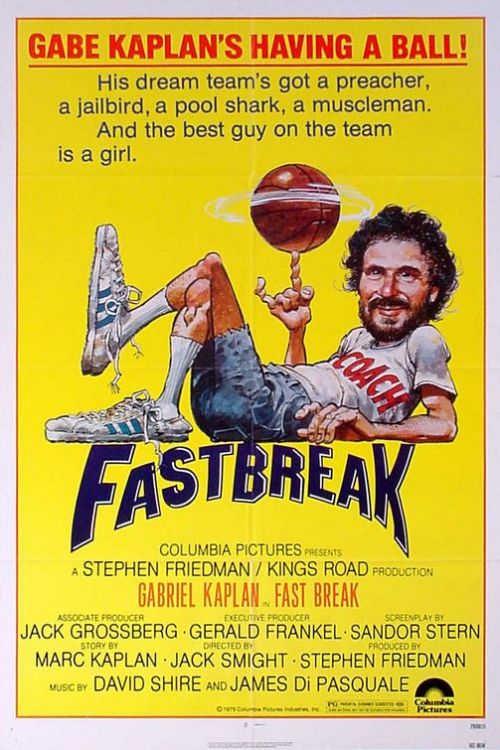
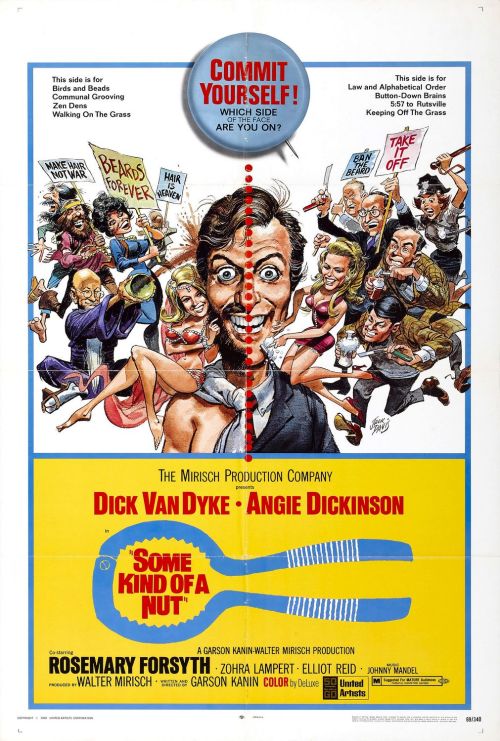
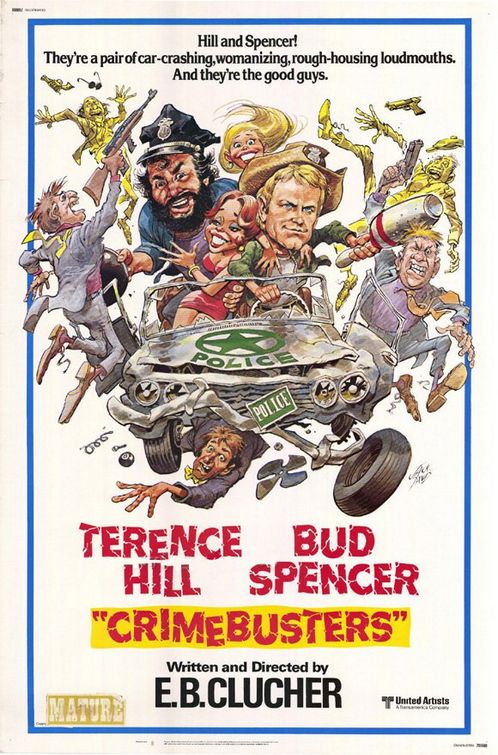
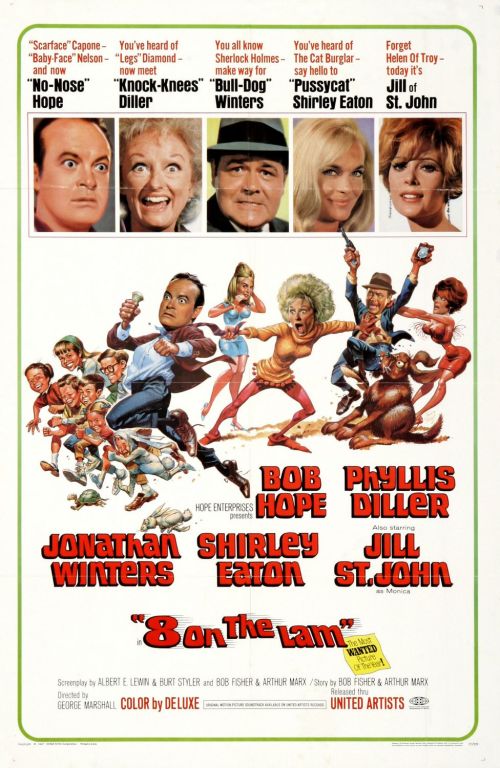
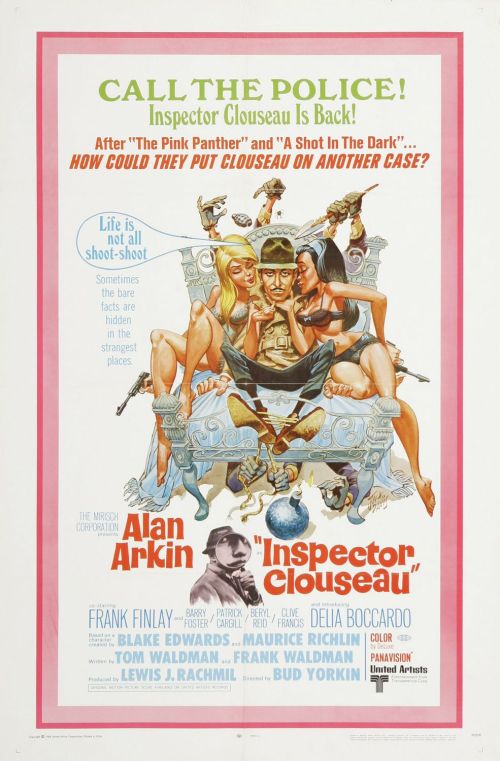
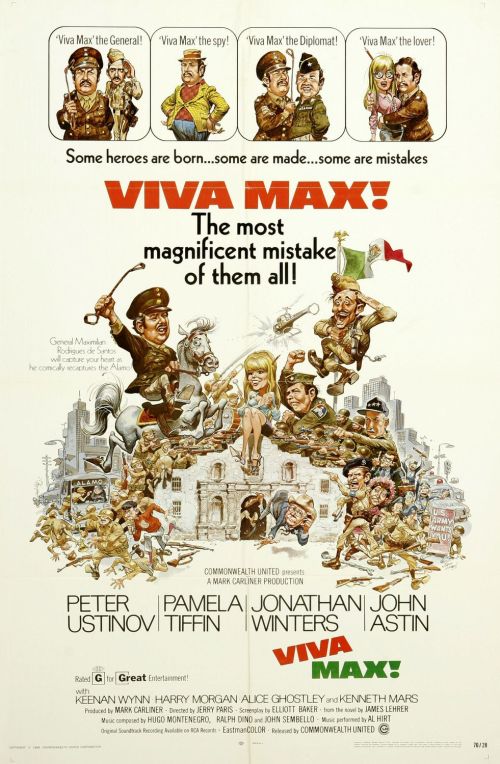













 If you like ACTION, THRILLS, ADVENTURE and ARMED FLYING SQUIRRELS WITH DEGREES IN LITHUANIAN BASKET WEAVING, look no further, you have come to the right place! That's correct, folks, your entertainment dollars go further at this Website---SCOTT BROTHERS and his CATALOGUE OF CURIOSITIES---because it's FREE! Shake off feelings of BOREDOM, REGRET and SOUL-CRUSHING EMPTINESS just by looking through our pages! Nothing else to purchase to become the LIFE OF THE PARTY! With SCOTT BROTHERS and his CATALOGUE OF CURIOSITIES you can see through WALLS, produce SHRUNKEN HEADS and become as strong as CHARLES ATLAS! No money back if not 100 percent satisfied.
If you like ACTION, THRILLS, ADVENTURE and ARMED FLYING SQUIRRELS WITH DEGREES IN LITHUANIAN BASKET WEAVING, look no further, you have come to the right place! That's correct, folks, your entertainment dollars go further at this Website---SCOTT BROTHERS and his CATALOGUE OF CURIOSITIES---because it's FREE! Shake off feelings of BOREDOM, REGRET and SOUL-CRUSHING EMPTINESS just by looking through our pages! Nothing else to purchase to become the LIFE OF THE PARTY! With SCOTT BROTHERS and his CATALOGUE OF CURIOSITIES you can see through WALLS, produce SHRUNKEN HEADS and become as strong as CHARLES ATLAS! No money back if not 100 percent satisfied.












